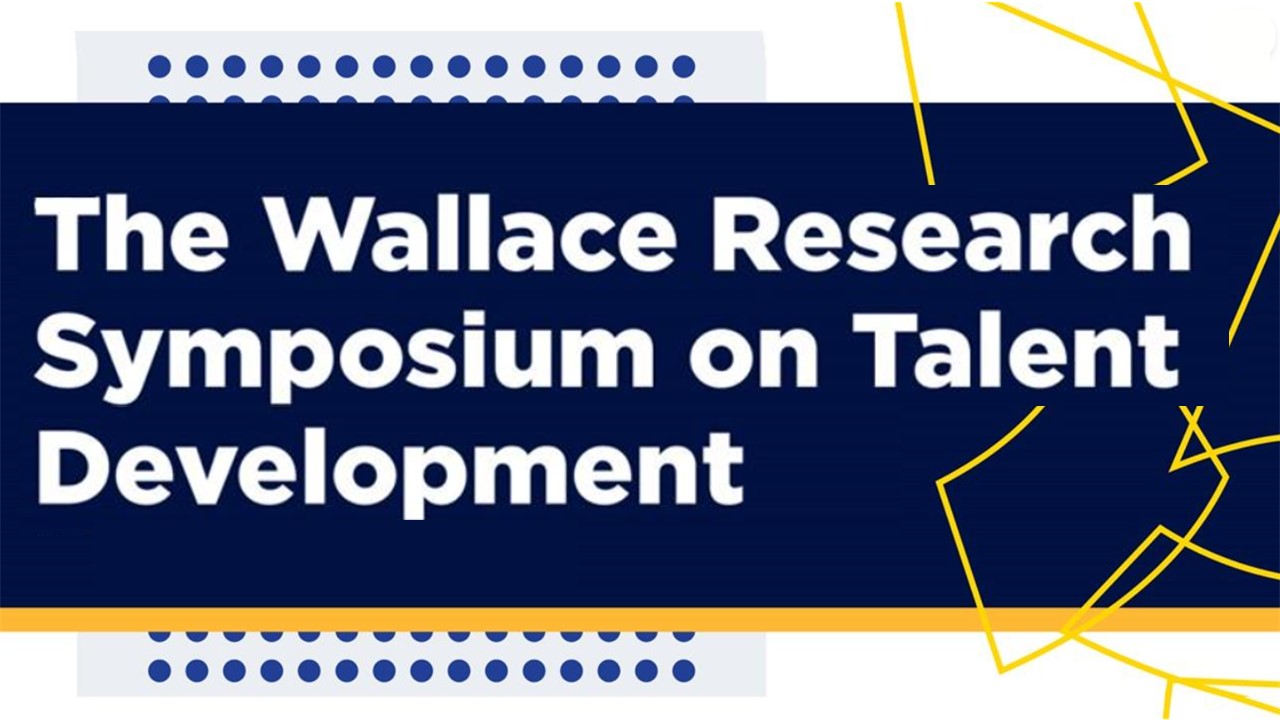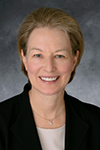
Schedule
Speakers
Campus/Building Maps
Updates
Julian C. Stanley Distinguished Lecture
Current Mindsets in Gifted Education and Talent Development: What Happened to Talent Discovery? – Susan G. Assouline
Monday, May 20, 2024 – 8:30 – 9:30 Lawrence D. McHugh Hall, Room MCHU 102
More than half a century has elapsed since Julian C. Stanley administered the SAT to a mathematically precocious 8th grader enrolled in a university-level computer science class. In doing so, Stanley accomplished four things. First, he discovered that this 8th grade student outperformed the average college-bound senior on a college-entrance exam. From that experience, Stanley and his colleagues developed the 4-D model of Discovery, Description, Development, and Dissemination aimed at discovering, via above-level testing, exceptionally talented students, especially in mathematics, who were ready to have their mathematical talent developed. At the same time, Stanley and his colleagues created a research agenda to better understand the needs of extraordinarily talented students. The fourth accomplishment was a disruption of the status quo with respect to testing and implementation of opportunities. Traditional assessment protocol was to only administer grade-level achievement tests to students, no matter how capable the students or how limited the information from a grade-level test was in demonstrating the student’s readiness to learn advanced material. Likewise, the status quo with respect to programming was to keep students with their grade and age peers, no matter what they had already learned or – more importantly – what they were ready to learn next. Coincidentally, school-based interventions for high-ability students through gifted education programming, spurred by the 1972 Education of the Gifted and Talented: Report to Congress, began to take hold in schools across the country. Although not intentional, the two approaches, i.e., gifted education and talent development, seemed to have little in common. Stanley’s 4-D model became associated with above-level testing, out-of-school university based advanced classes, and acceleration. Gifted education programming addressed the needs of advanced learners in schools and became associated with generally high overall ability, recognition of the importance of identifying high achievers, and addressing their learning needs through pull-out and/or push-in programming that enriched the learning experience. What if professionals in our specialized educational niche area known as talented and gifted (TAG) expanded our mindsets to learn about the complementary realms of gifted education in schools, which largely features enrichment programming, and talent discovery and development, which features accelerative coursework in specific talent areas? Can an examination of Stanley’s legacy, especially as it relates to talent discovery, result in a research renaissance that expands our mindsets, ultimately empowering us in our educational mission?
